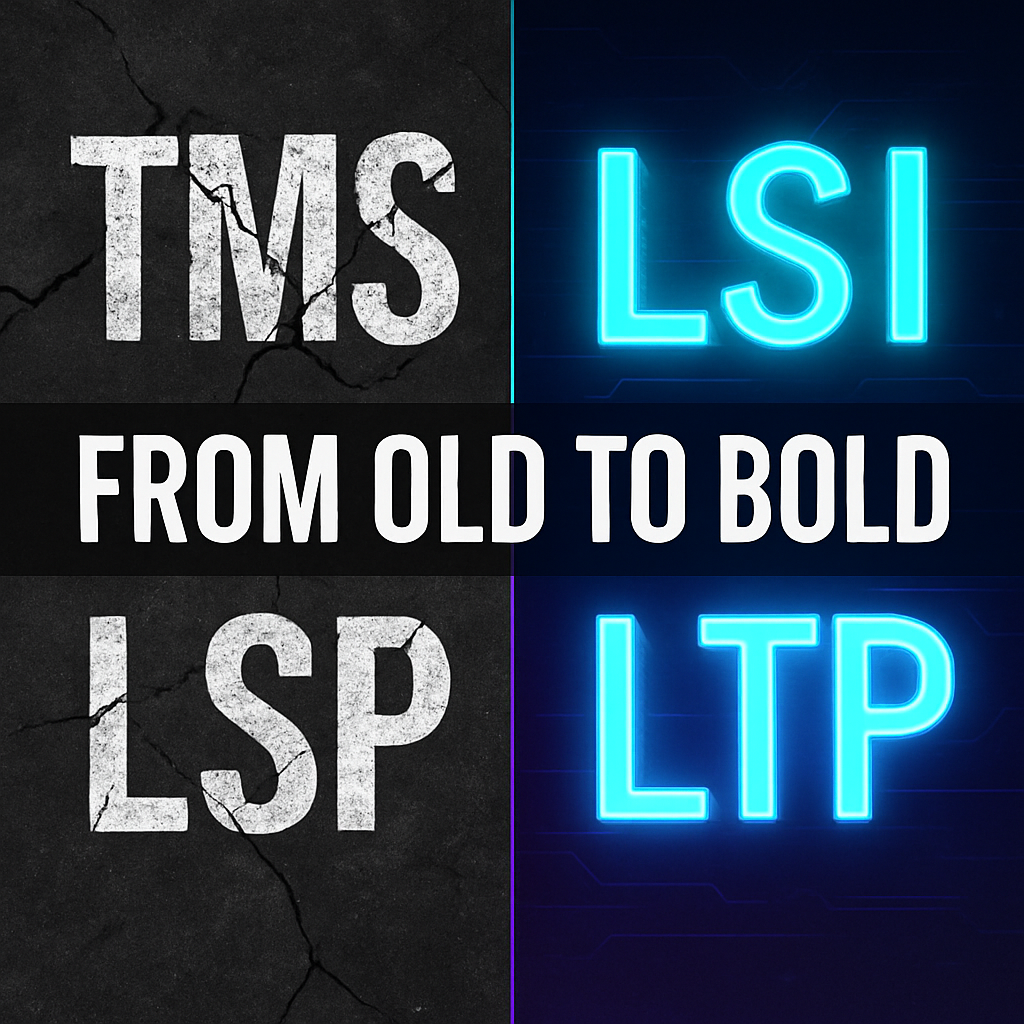Cascading stylesheets (CSS) content localization is a complex area of translation because you're not just dealing with text–you're working around the user experience. With the wrong approach, you could break the code in a way that renders the site completely unusable in foreign languages. It's a unique issue because it requires both linguistic expertise and technical understanding. The best CSS localization strategies are defined at the beginning of a project. Proper file engineering, uploading and downloading strategies, and testing and pilot programs will all play critical roles. If you're going to succeed, you need a collaborative program built on strong best practices.
What Is CSS and How Does It Apply to Localization?
CSS is a styling language that defines the appearance of websites. It's unique compared to HTML because it's far less defined, giving users more freedom with how they approach their design and the code for it. However, this flexibility presents its own challenges because two coders may not leverage CSS in the same manner, resulting in a lot of inconsistencies. To combat this, one common approach is to use stylesheets to establish rules within a specific webpage or group of pages. The style will apply to any page it's connected to, making it easy to create consistency and predictability across web pages. For example, you could establish a stylesheet that notes every H1 text line to appear dark green. This is much faster than going through every line of code and adding the color manually. However, if you don't want every H1 to be green, you can create more specific style applications by creating classes or IDs. When you create a class, you're establishing a specific style that can apply to various places. So, for example, if you wanted all the mentions of your company on your website to appear in a particular way, you would establish a style and assign it the class "name." This, however, is where you're going to run into trouble with content localization. Someone unfamiliar with the content may not understand that those class names can't change, otherwise it could break your code. Given that CSS is so flexible, and you can name your class groups just about anything, attempts to localize it can be disastrous. Even if you're careful to preserve the code, there are intricacies you should be aware of when localizing content. For example, websites in China tend to heavily use the color red as it symbolizes joy or luck. Red, however, has more negative connotations in the U.S., so it's used less frequently on websites.It's possible to create country-specific styles that will apply design settings based on the region. You could use these styles for everything from selecting certain pictures to font size, background color, and more. Of course, all of this is only possible if you leverage the correct content localization best practices.
Tips for CSS Content Localization
It's important to remember that the CSS content localization process is far more complex than content translation. You're dealing with more than simple strings; you're targeting elements and attributes that work together to display something correctly. For that reason, it's very easy to make mistakes when establishing this type of content localization. Here are a few ways we've seen clients get it right:
- Strong file engineering: File engineering is the backbone of any CSS localization process. You need a strategy for structured content, key management, variables, and more. You'll be targeting dynamic content, which can be challenging to do without breaking code, so you’ll ideally want to work with a translation agency that can tackle these technical issues. They can establish the variables, regular expressions, policies, and approaches you need to keep CSS intact while updating content for new markets.
- Testing and piloting: Quality assurance (QA) must occur in various staggered cycles. You should test after translation to ensure adherence to glossaries, brand lexicons, variable treatment, and the overall accuracy of the content. Then, once you're ready to go live, you’ll need a second round of QA to see the overall UI/UX of the program. You don't want to complete these testing cycles at one time because the number of errors and issues that may appear can be overwhelming; it's best to distill them into smaller segments. Our clients typically rely on our string editor to consistently test the actual translation results. It removes small issues and ensures a much more streamlined UI/UX test in a staging environment before publication.
- Connector-based translation: A connector-based translation policy supports continuous localization, which is a more predictable process. When you use such a program, the treatment of variables, regular expressions, and other potential issues is ironed out at the beginning of the campaign. That way, you can easily import and export translations with minimal errors. This is far different from a manual process that will likely introduce unpredictable challenges where each variable is independent and can be treated differently.
CSS content localization is far different than traditional translation projects that only focus on text; you're updating your content for new targeted audiences and managing dynamic fields. To set your program up for success early on, you should hire linguists and technical experts to establish a framework.
Unlock the power of glocalization with our Translation Management System.
Unlock the power of
with our Translation Management System.
















.avif)









.png)